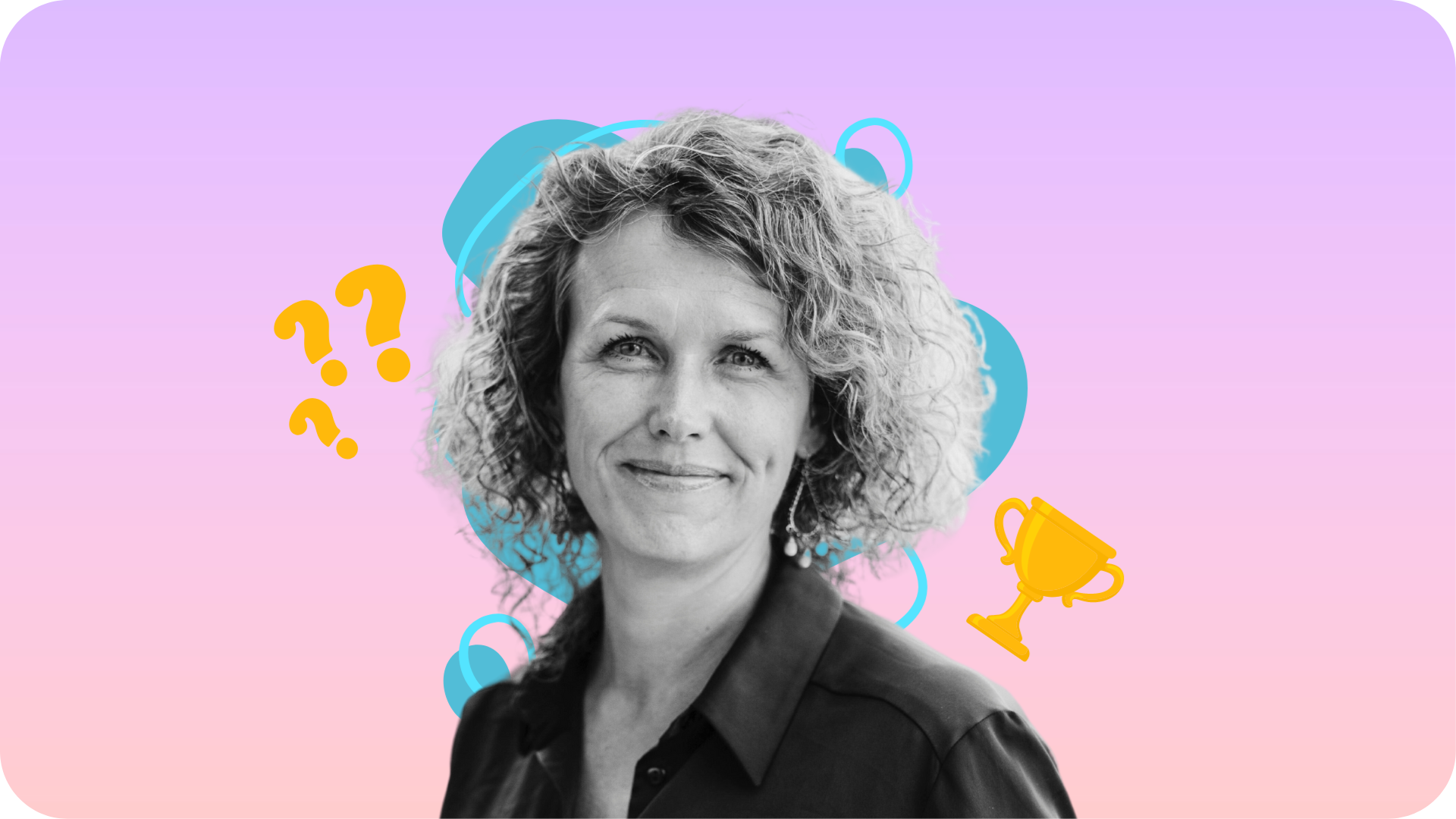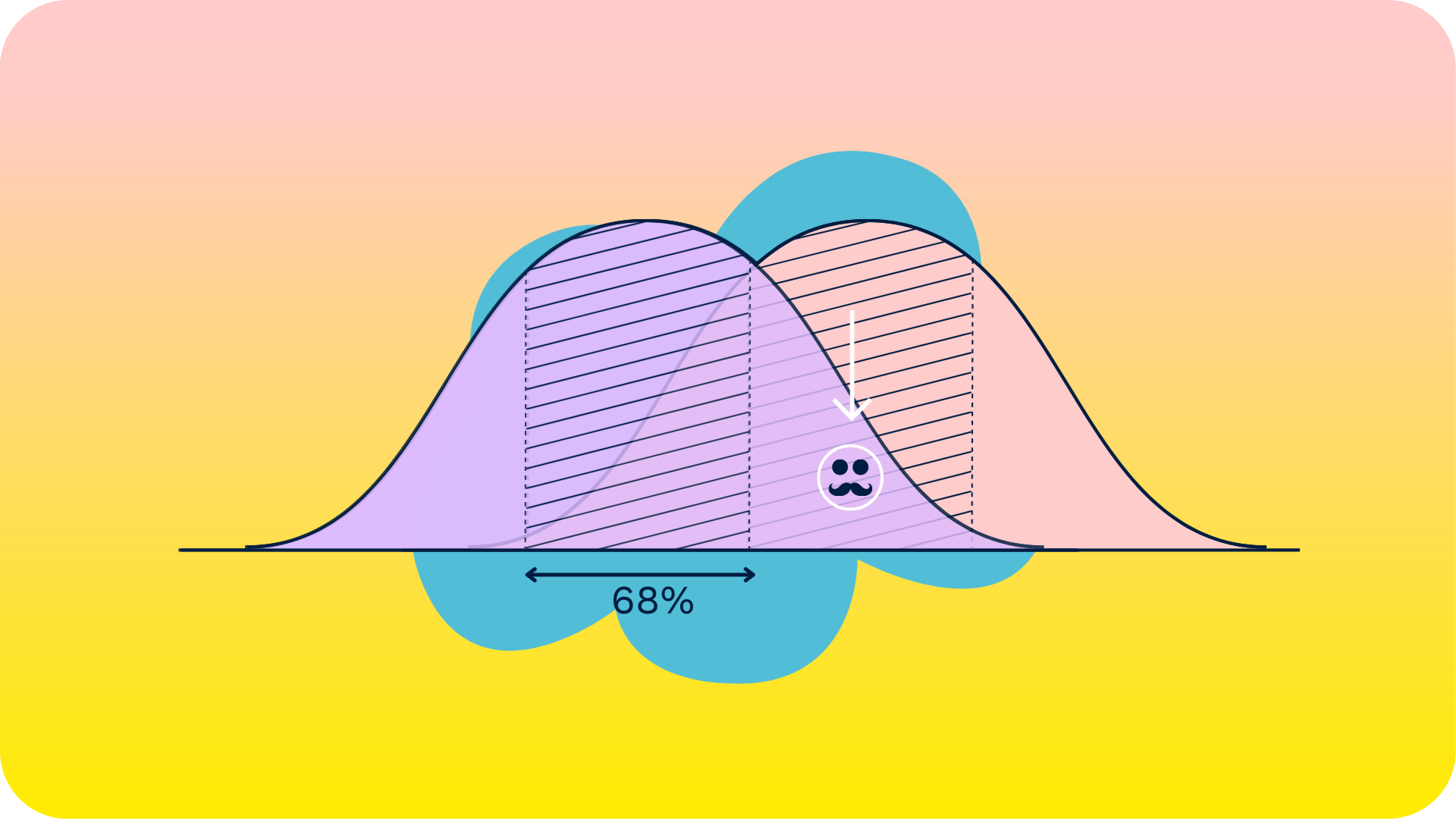The Power of Purpose in the War for Talent
Before I became a leadership and team development coach I’ve worked at Unilever for 15 years. Unilever is a purpose-driven organization that uses its brands consciously, strategically and intentionally to work towards making a positive impact on the world. I don’t know if I would have lasted for this long and would have been so proud of the work I did if it had only been about the P&L. I see the power of purpose everywhere around me these days. Companies need an organizational mission that creates a better future and goes beyond profit. It is in fact the most crucial element in the war for talent. Here’s why it matters (and why I’ve joined Minkowski).
Real beauty
When Dove, the personal care brand, announced it wanted to make a positive impact on women by broadening the view on beauty, quite a few eyebrows were raised in the (mainly male) boardroom of our Dutch office. Commercials featuring “real” women in white underwear? While competitors Photoshopped beautiful celebrities to market their products with credibility? The board saw that as risky business (even though the average female size in the Netherlands is 42). But I, as a young marketer, believed that beauty should be a source of self-confidence, not fear and insecurity. In fact, our entire Dove team was so inspired that, to make a point, we went out of our clothes to undergo a Dove photo shoot in white underwear ourselves and exhibit it to the entire company in the quarterly meeting.
“I didn’t sleep much, knowing that the next morning a few hundred colleagues would be looking at our unretouched bodies. But it felt incredibly good to participate in a movement that has turned the beauty industry on its head and helped millions of women around the world gain a more positive body image over the past 2 decades.”
Fast forward, years later, I was proudly in charge of the Blue Band brand in Indonesia. Proud of margarine? Yep! Because the brand is committed to providing nutritious breakfasts for school children in a developing country where 1 in 4 children go to school without food. A few years later, as marketing director, I was organizing mentorships for young underprivileged women in the townships of Johannesburg as part of the marketing program of Dawn, South Africa’s largest local body lotion brand. This way, the brand wants to help young, underprivileged women get one step closer to their dreams and offer them a support system to not give up. This showcases the power of purpose.
Dove’s Real Women campaign, shot by leading fashion photographer Rankin. Photograph: Dove/PA
Three types of purpose
Organization purpose lies at the interface between ‘who we are’ and ‘what the need is in society’. It answers the ‘why’. There are roughly 3 types:
- purpose driven by conviction (wanting to do the right thing),
- purpose driven by impact (taking responsibility for your footprint)
- purpose driven by mastery (striving for excellence and quality).
The power of purpose for your organization
Several studies show that purpose driven organizations grow faster than those that are not. 85% of purpose driven organizations show top line growth, compared to only 42% of non-purpose driven organizations. They are also more innovative because they want to find a solution to a social problem that is also commercially interesting. They are more adaptive to change because purpose provides direction in an increasingly complex world and instills an intrinsic motivation to do better. This is why these companies attract more talent and make the workforce healthier.
Why is purpose so hot?
Purpose is nothing new. But a few trends make it seem more relevant now than ever. First, there is global agreement that things cannot go on like this. Climate change, environmental degradation and social inequality are high on the agenda. Ensuring that social responsibility is no longer a PR trick to look good, but is increasingly recognized in business as a strategic necessity for survival. The paradox between those who earn a lot from capitalism and the price paid for it by others (low wages, child slavery, pollution, waste of natural resources, inhumane working conditions, unemployment, pension deficits, to name a few) is no longer sustainable. This tension is causing investors, employees and consumers to expect organizations to think about the impact they are making on society. The financial crisis of 10 years ago has only reinforced this attitude towards organizations. Moreover, younger generations are genuinely concerned about climate change because they will have to pay the price for it in the future. The power of purpose is growing.
“I have seen how an organization’s purpose releases human energy, even when times are tough, and provides direction in an increasingly complex world. And I’ve experienced how it makes people feel to work for a purpose. Or to buy it. It’s a powerful tool to connect people emotionally to your organization, but it only works if it’s authentic and embedded in the organization.”
How do you arrive at an organizational purpose?
There are four key steps to arriving at organizational purpose and actually bringing it to life. Some of the steps have probably been done before, but it’s built with a certain structure and in a framework that drives results if you do it right.
- Define — make explicit what the organization is really good at, what positive impact it wants to make and what social need is going to be fulfilled.
- Articulate — create an inspiring purpose statement and the story that goes with it.
- Activate & communicate — walk the talk and roll out the purpose. Build credibility and authenticity. What it means for the leadership team to carry out the purpose in word and deed.
- Embed — bring purpose into the core of your business as a strategy for success.
Purpose can transform the organization, but there is no short cut. It takes time and is a constant process of trial, error, and learning. So take the time to define and articulate your purpose. Involve leaders and ambassadors in the organization who will help propagate the purpose and have a long term view. And “aim high”; if the magnitude of your purpose makes you nervous, you’re in the right place.
Minkowski’s Purpose
Minkowski is named after Hermann Minkowski. He was a brilliant mathematician who developed a scientific model to look at the future in the 19th century, and also had an important role in Einstein’s development as one of his teachers. We believe that the world needs many more Einsteins, people who consciously use their talent to imagine a better future. Our purpose is therefore to co-create 1 million Einsteins. We do this by developing people in organizations who want to make history by changing the future into something better.
“Developing 1 million people sounds impossible, but when we succeed, we’ve helped make the world a better place. And that is the biggest motivator there is for our entire team.”
Do you want to know more about us and our approach? Please, let’s have a chat!
Written by Cathalijne Bol-Oudijk
Leadership Development coach at Minkowski







